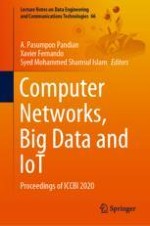2021 | OriginalPaper | Chapter
Approaches in Assistive Technology: A Survey on Existing Assistive Wearable Technology for the Visually Impaired
Authors : Lavanya Gupta, Neha Varma, Srishti Agrawal, Vipasha Verma, Nidhi Kalra, Seemu Sharma
Published in: Computer Networks, Big Data and IoT
Publisher: Springer Singapore
Activate our intelligent search to find suitable subject content or patents.
Select sections of text to find matching patents with Artificial Intelligence. powered by
Select sections of text to find additional relevant content using AI-assisted search. powered by
